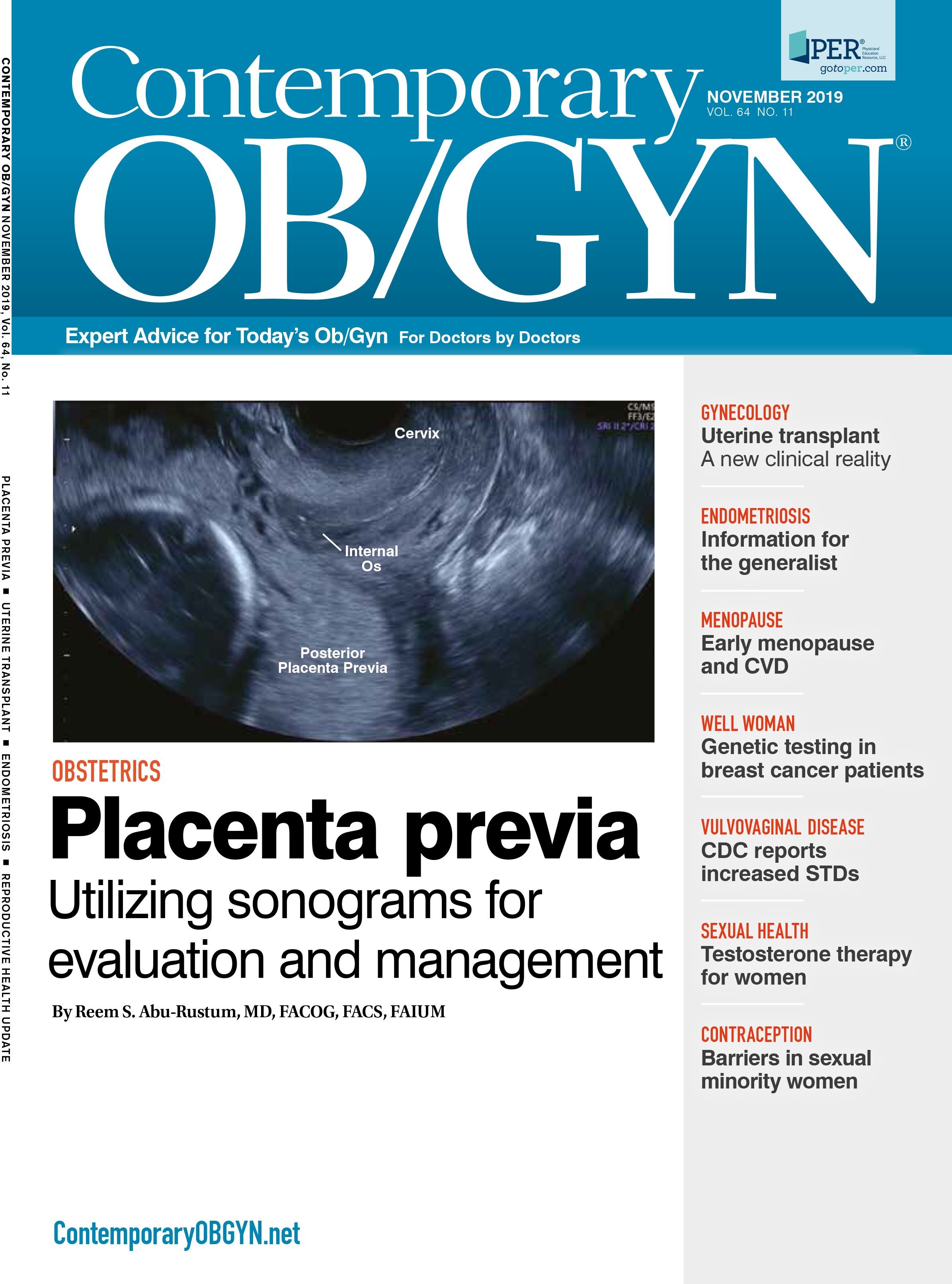Patient-provider communication with the decision-support tool My Birth Control
A recently published study found that providers are more likely to focus on the patient's contraceptive preferences when the patient has interacted with a contraceptive decision-support tool.
©Morganka - stock.adobe.com

When counseling a patient who has interacted with the contraceptive decision-support tool My Birth Control, providers are more likely to focus on the patient’s preferences for contraceptive methods, rather than directive or foreclosed counseling on a specific method. That is the major finding of a prospective study in the journal Patient Education and Counseling (PEC), which analyzed 70 audio recordings of counseling visits among 15 providers in four San Francisco safety net clinics.
“There is a need to improve the quality and patient-centeredness of contraceptive counseling, especially given recent trends toward promotion of long-acting reversible contraceptive methods,” said principal investigator Christine Dehlendorf, MD, MAS, a professor of family and community medicine at the University of California, San Francisco (UCSF). To address this issue, the investigators developed the digital My Birth Control, which provides women information about their birth control options and prints out their preferences, which in turn can be shared with providers during counseling.
“We wanted to see what the effect of this tool was on provider behavior by comparing counseling before and after implementation of My Birth Control,” Dr. Dehlendorf told Contemporary OB/GYN.
The 72 English-speaking women who participated in the study were ages 15 to 45, not currently pregnant, with a desire to discuss starting or switching a contraceptive method, but not wanting pregnancy within the subsequent 7 months. They were randomized to a preimplementation recording (arecording done before the tool was used in clinic)(n = 31; average age 25) or a postimplementation recording (n = 41; average age 26) with their provider. Both samples were racially and ethnically diverse.
Of the 15 healthcare providers, most were either nurse practitioners (47%) or counselors/ health educators (40%).
Each provider had between one and three audio recordings made of their discussions with patients about contraception before implementation of My Birth Control (an average of two recordings). Similarly, there were one to three recordings after tool implementation (an average of three recordings). A total of 70 recordings were analyzed, after excluding two postimplementation records from one provider, due to lack of discussion about other contraceptive alternatives.
Before tool implementation, eight of 15 providers tended to ask patients if they had a method in mind to use and gave information about that method, without engaging patients about alternative options that might suit them. But after tool implementation, the majority of these discussions of contraception began with a reference to the tool printout.
Differences were also observed in counseling by other providers who had initially used a directive counseling approach, with acknowledgement of patients’ stated method preferences as communicated by the tool printout. Even among those providers who had initially used a patient-centered approach focused on patients’ preferences, the printout was used as a means to further facilitate this approach.
“Our findings are consistent with the intent of My Birth Control and are also consistent with the findings of our cluster randomized trial that showed the use of the tool was associated with improved patient experience and quality of decision-making,” said Dr. Dehlendorf, director of the Person-Centered Reproductive Health Program at UCSF.
However, implementation of My Birth Control in a non-study setting “will require institutional commitment to build it into clinic infrastructure and workflows,” Dr. Dehlendorf said. “We are in the process of developing implementation resources that can assist with this process. How patients experience this interaction with their provider is crucial.”
The experience greatly impacts the patient’s ability and willingness to access care in the future and to trust medical advice, according to Dr. Dehlendorf. “Digital tools like My Birth Control have the potential to standardize processes to improve care in a cost-effective and patient-centered manner,” she said.
Disclosures:
Dr. Dehlendorf reports no relevant financial disclosures.

Recap on reproductive rights with David Hackney, MD, MS
December 20th 2022In this episode of Pap Talk, we spoke with David Hackney, MD, MS, maternal-fetal medicine physician at Case Western Reserve University and chair of ACOG's Ohio chapter for a full recap of where restrictions on reproductive rights have been and where they're going.
Listen
In this episode of Pap Talk, Gloria Bachmann, MD, MSc, breaks down what it means to be a health care provider for incarcerated individuals, and explores the specific challenges women and their providers face during and after incarceration. Joined by sexual health expert Michael Krychman, MD, Bachmann also discusses trauma-informed care and how providers can get informed.
Listen
